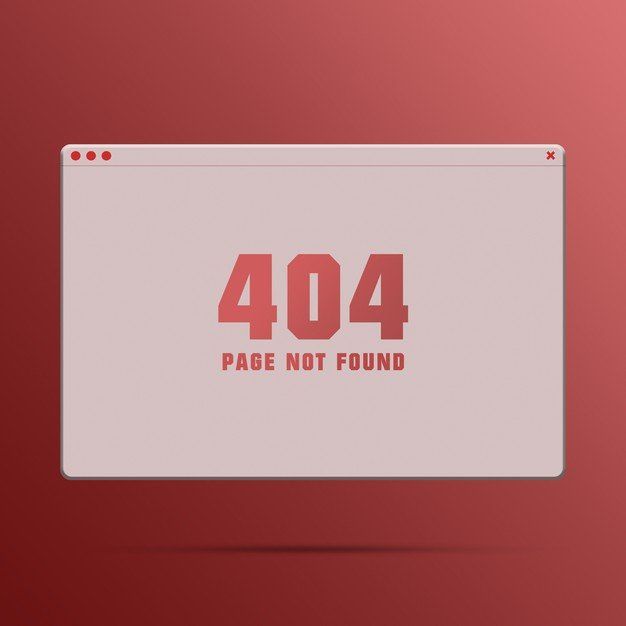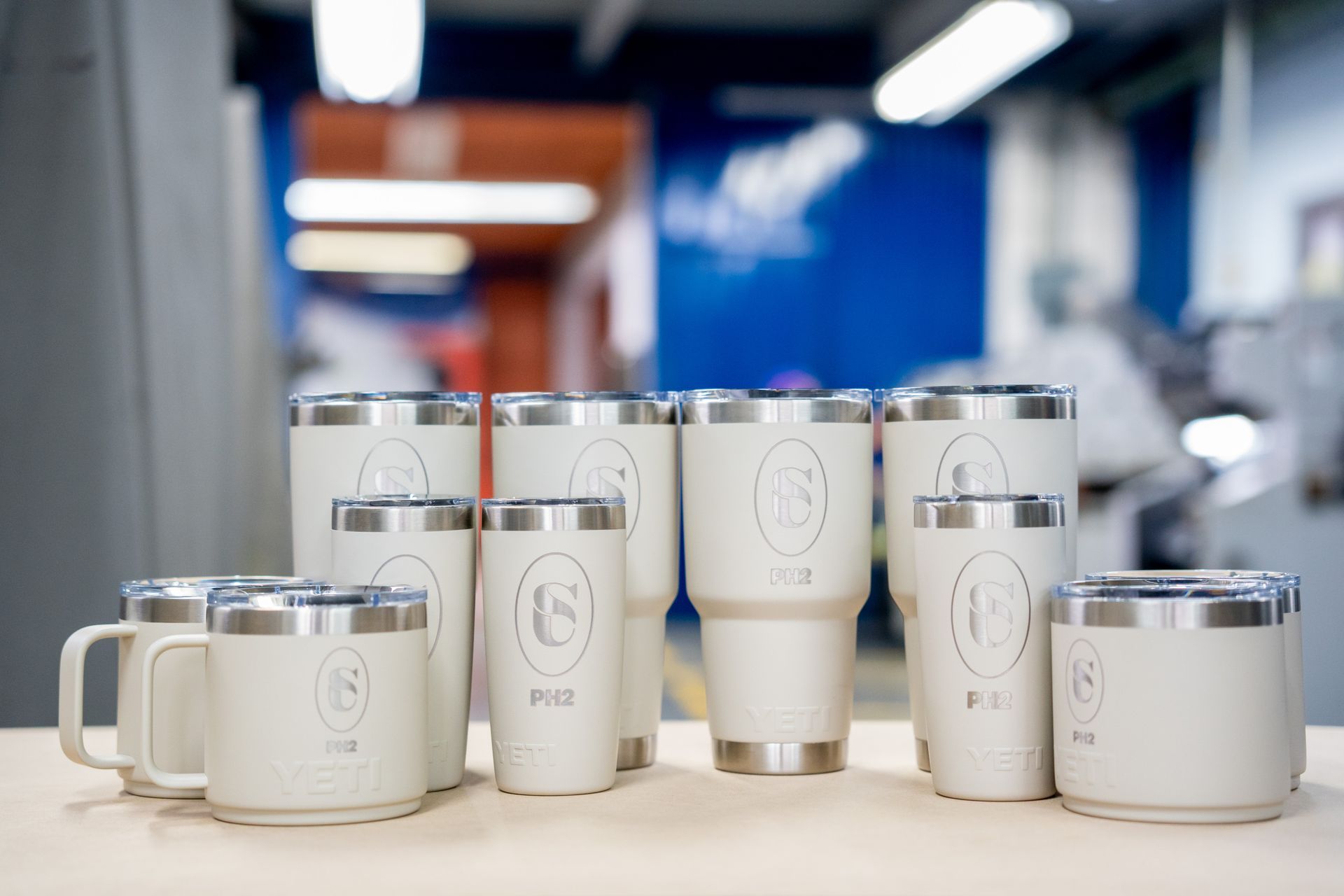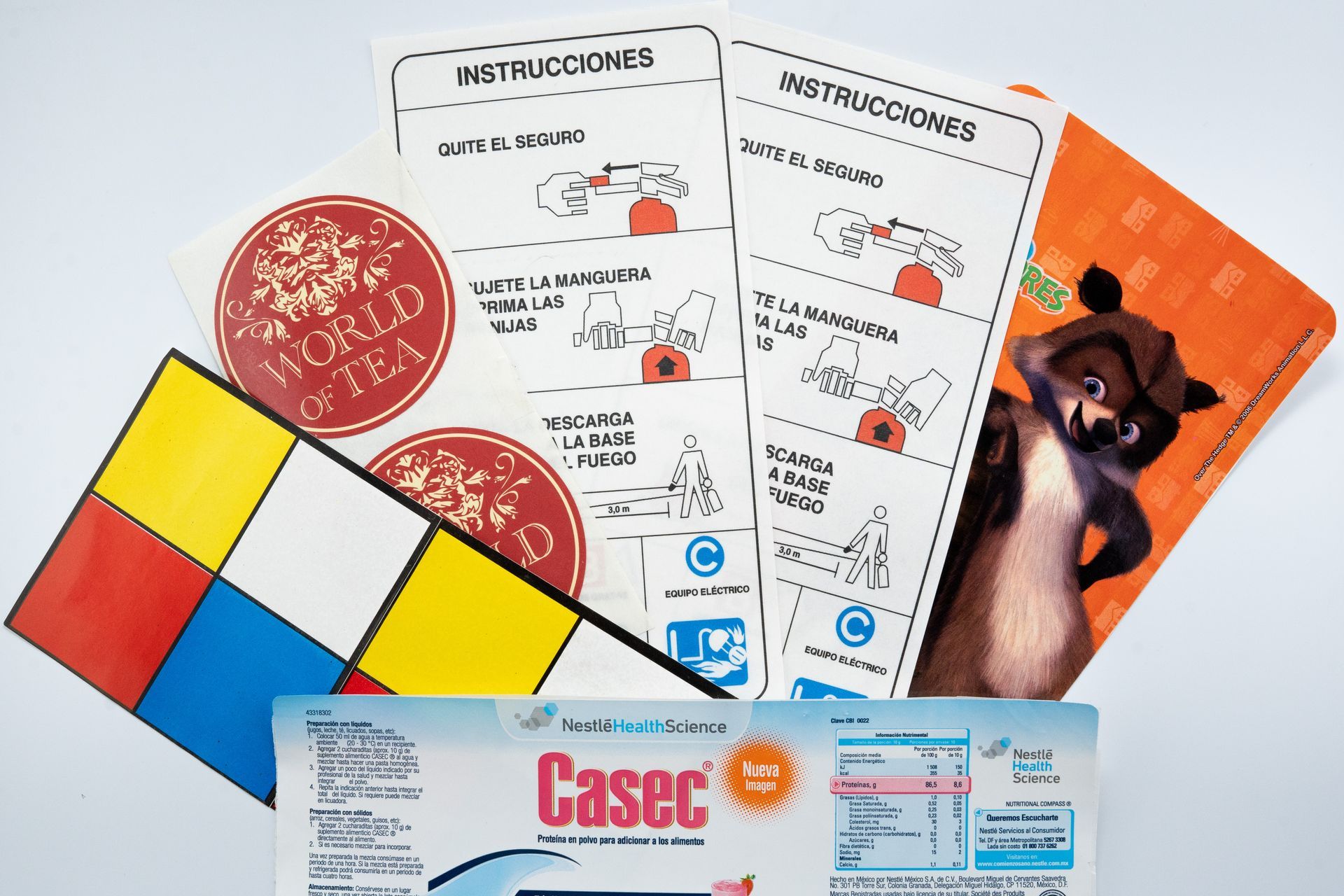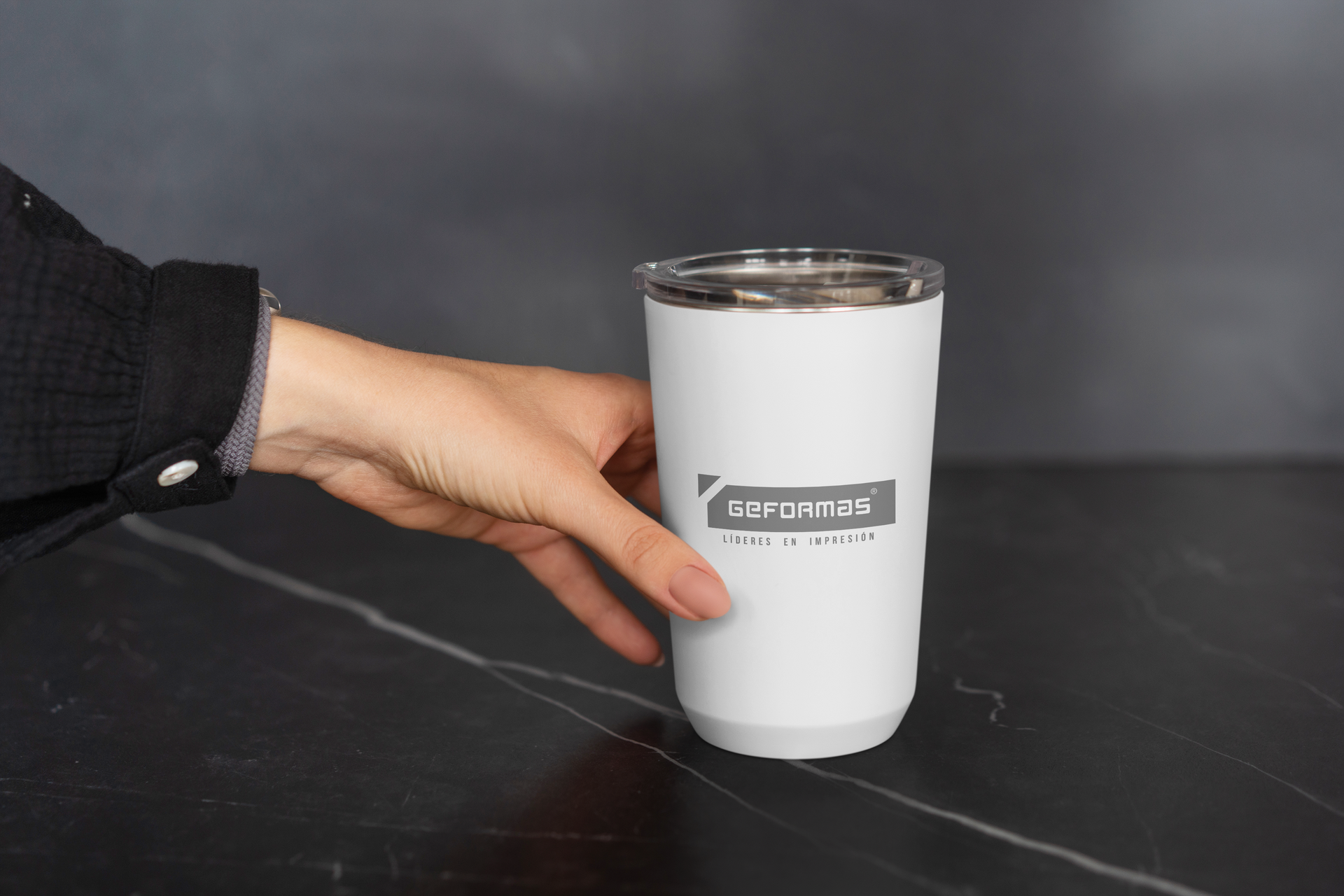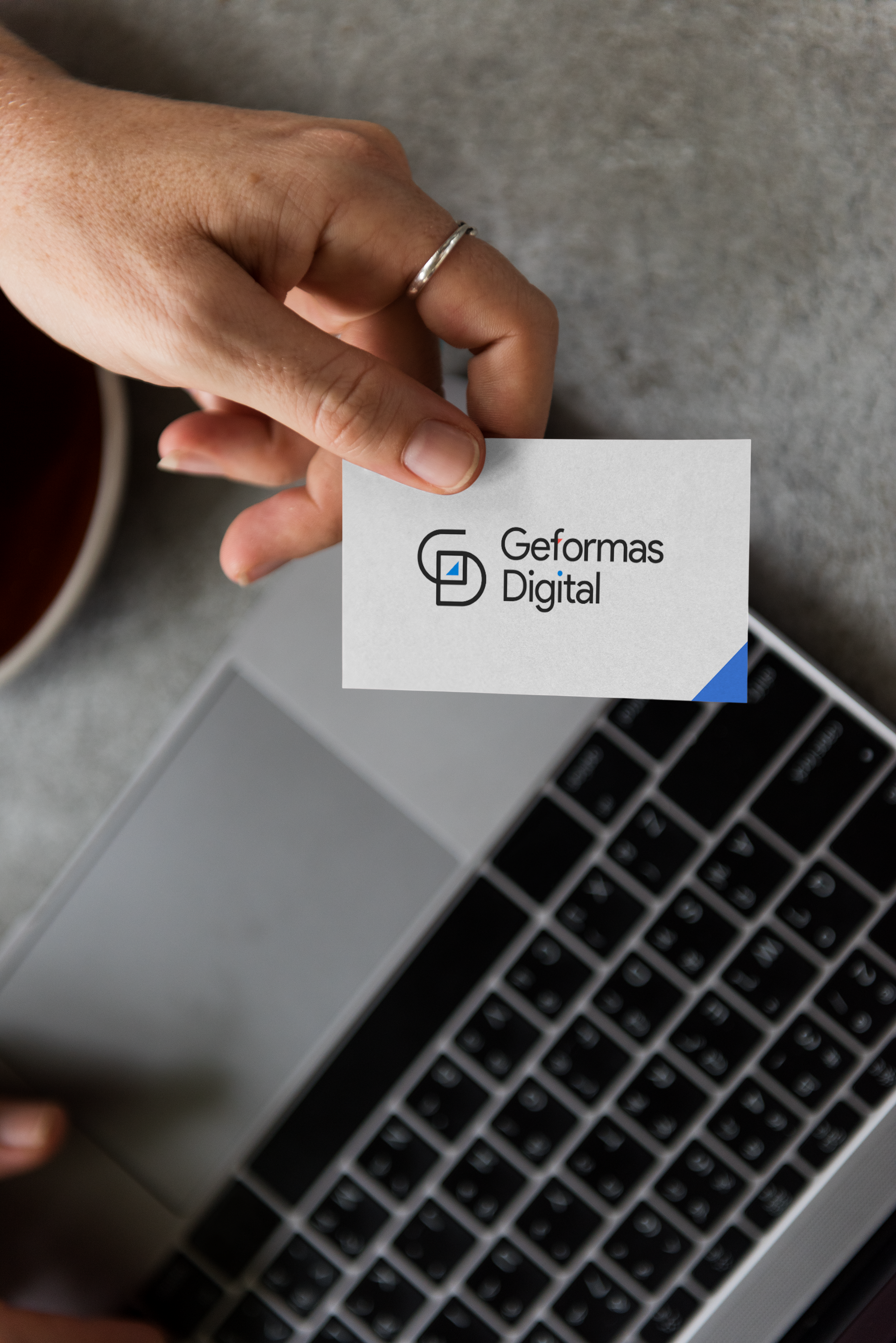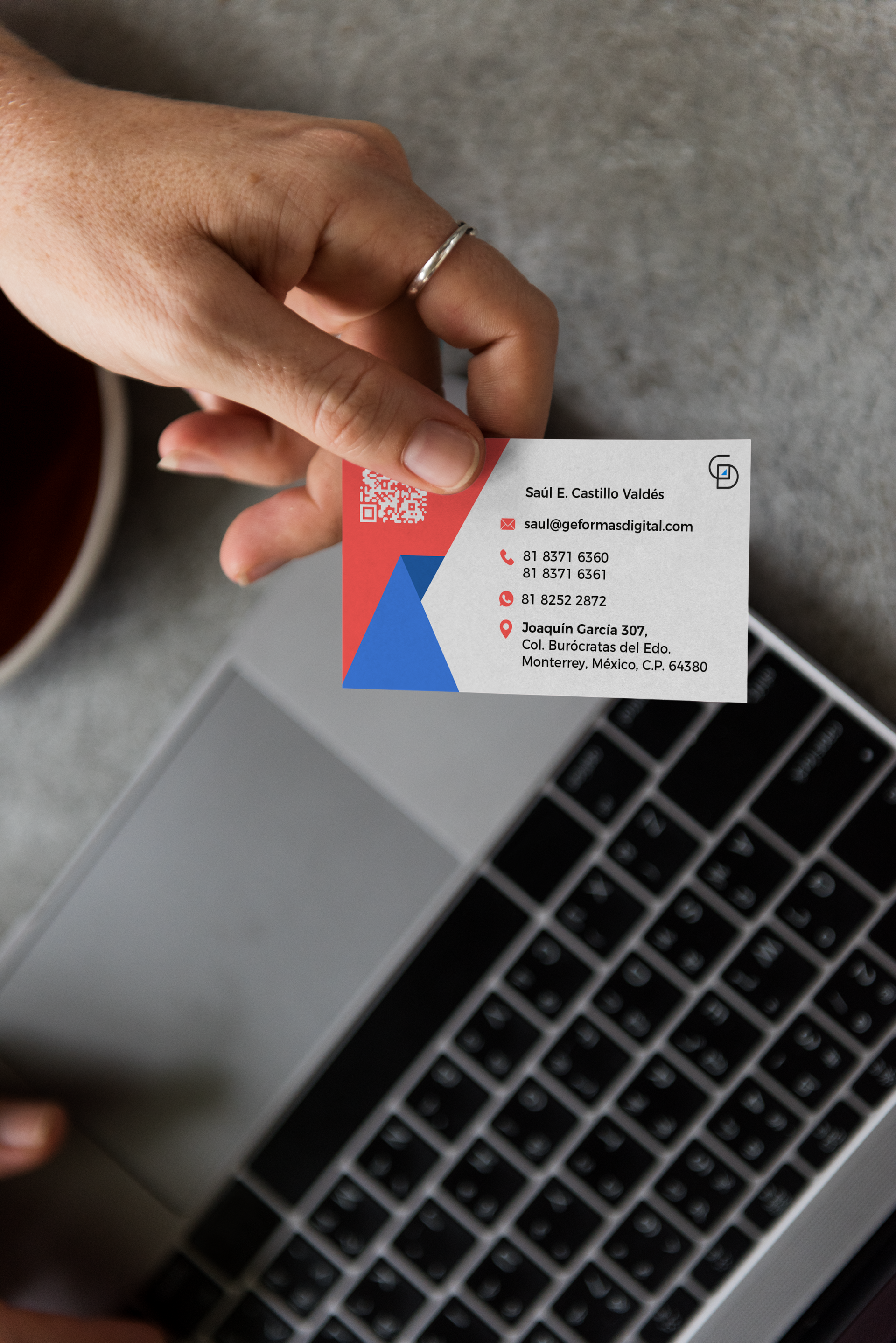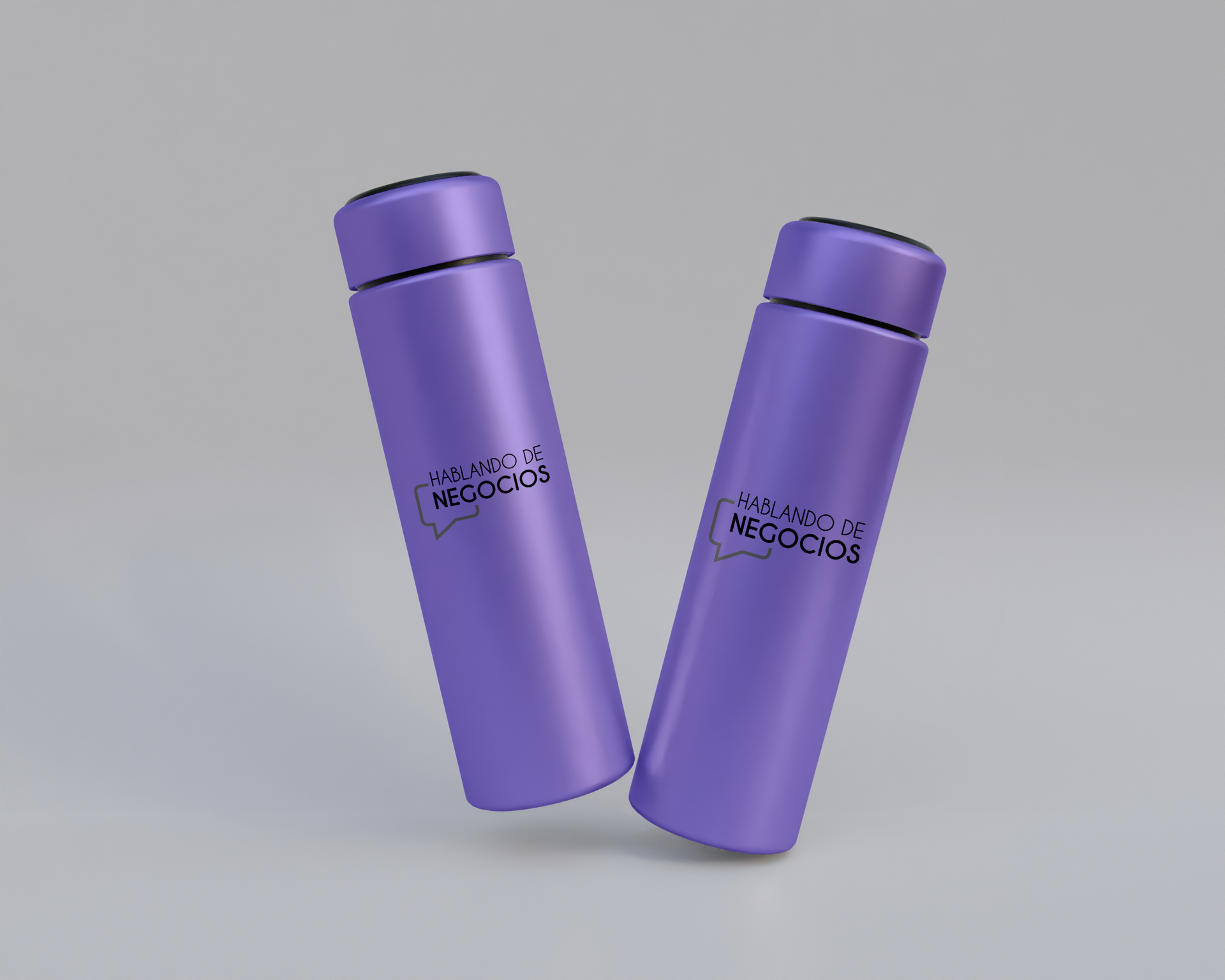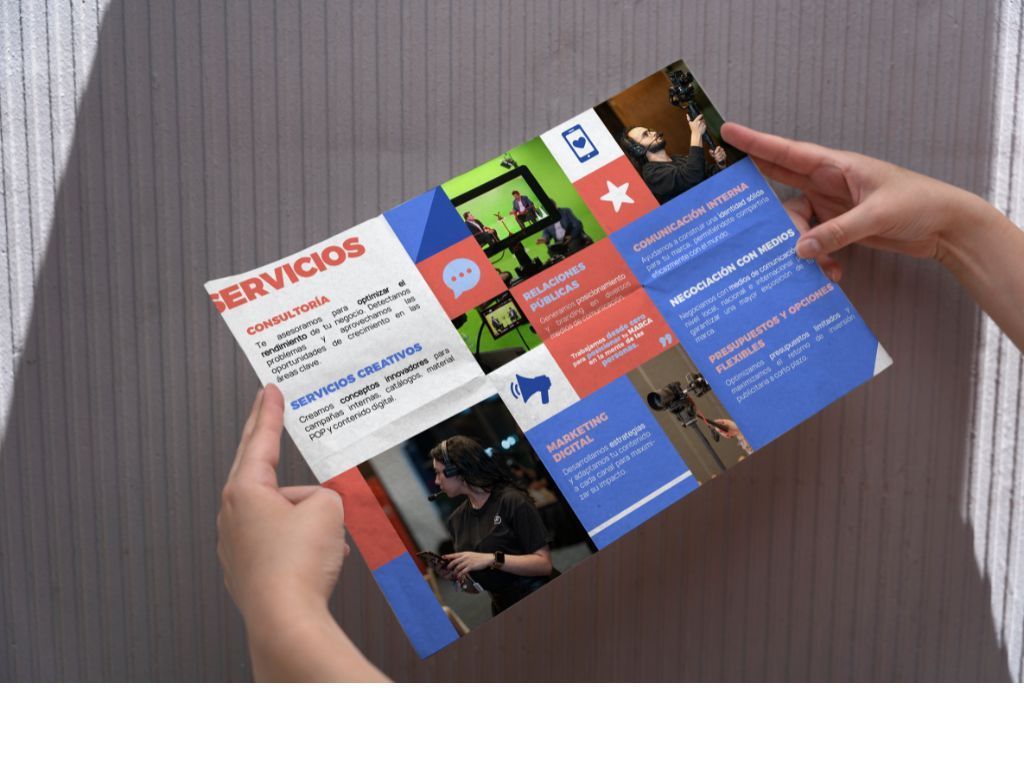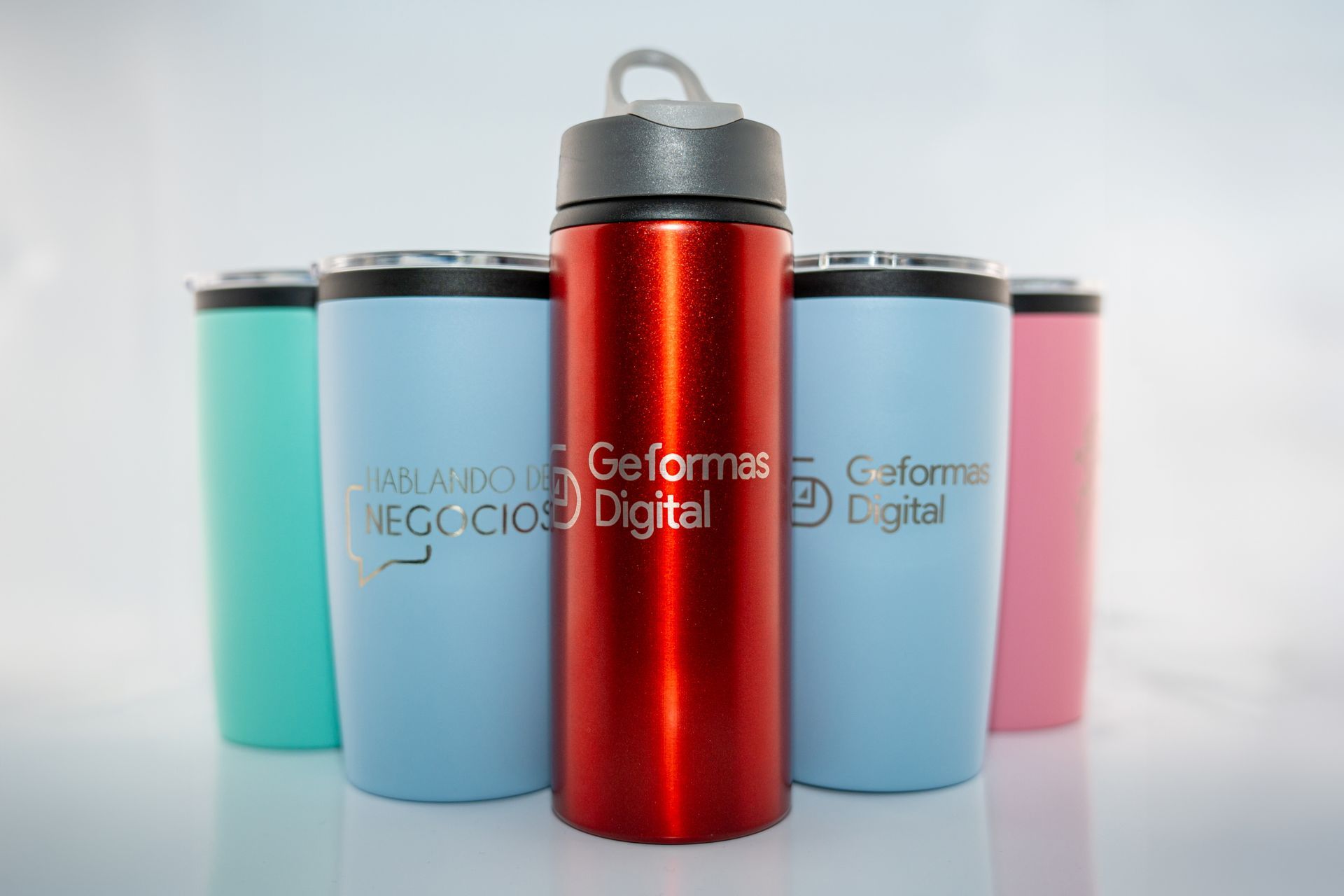SEO for your images
Learn how to get the most out of your images and use them as true web positioning tools. We give you the best tips to use all the elements of an image in your favor.

A true SEO strategy seeks to optimize all kinds of content and images are no exception. Beyond the content that the user can see, a complete strategy ventures to work with the technical aspects of the image.
Discover all the ways you can use your images to position yourself in search engines. From the size of the image to the words we use to name the files.
The importance of multimedia material
Multimedia material is one of the fundamental elements of online content. Images are used to attract attention, illustrate a concept and as visual support in blogs, websites and of course, catalogs.
A good image can also be positioned. There is a good reason for a section to be included in the search engines specially for them. In fact,
the most relevant images are shown many times in the General Results section.
Using the right strategy, you can work with your images to position them individually in the search engine and, in turn, optimize the relevance of your page.
Recommendations on weight and dimensions
First things first, you have to know how to distinguish between the weight and dimensions of an image. Weight is the space that the image occupies on the disk and dimensions refer to its size in terms of width and length.
When it comes to optimizing images, weight is a very important issue. This is due to the contrast between the amount of information a user can download with their mobile phone when entering a page and the capacity of other devices.
If our images are too heavy, this means that your page might be less eligible for the search engine. The problem arises when images taken by a normal camera, weigh between 3,000 Kb (Kilobytes) and 6.00 Kb, but the ideal size to use them on your page is from 100kb to 300kb.
This reduction seeks to control the size and quality of images, increase the loading speed of the site and that search engines see us with good eyes.
Dimensions, on the other hand, are measured in pixels (px) and are represented with the width measure, an “x” and the height measure. Globally used resolutions are:
- Desktop: 1024px
- Tablet: 768px
- Smart phone: 320px
These are the maximum measures that we can use for images that occupy the entire width of a screen. These images can be headers, horizontal banners, etc.
We can only optimize width, because most websites are adaptive or
responsive.
This means that, if we take care of the width, the height will adapt to the user's screen.
Recommendations to define a title
Images also have a title and this is the perfect spot to include your keywords. Be sure to use your primary keyword at least once in the title of an image. In most content managers you can modify the title of your images.
Learn how to write a title and meta description of your content that improves your search engine positioning.
Recommendations for file name and URL
The file name of the image is also important. Something you should know is that it is different from the title of the image. The reason the file name is taken into account is because the content manager generates a unique URL to each image on your site.
This URL is constructed using the file name, so here
we must also include our keywords to position. To avoid an Error404, it is better to work on building a good URL before posting anything.
Recommendations for the ATL attribute
The ATL attribute or “alternative text " is a message that appears when the image cannot be displayed. This is added inside the HTML tag of an image. Writing a useful and clear description that includes your keywords is more than necessary.
For this there are two reasons:
- In some channels such as emails, images are blocked by default unless users grant permission.
- Screen readers for blind users work with the ATL attribute to describe these images.
A complete SEO for your images should include all of these requirements if you are really looking to improve a website's positioning. To work on technical details such as weight and dimensions, file name and title, as well as ATL attribute, is critical to conduct a good keyword research.
Implementing an SEO strategy can seem overwhelming when it comes to thinking strategically about all elements of our website and content. If the idea of becoming a SEO expert overnight seems too much of a far fetch, you can try to work with the help of qualified consultants.
This way you can build a solid foundation to work on your own in the future or get rid of the worry of managing every important detail to position yourself in search engines.




